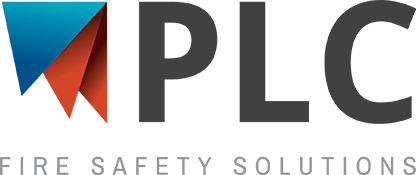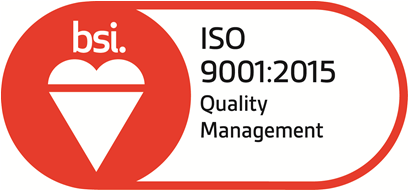Lately, I’ve been receiving numerous inquiries regarding fire protection for “flammable rooms” in response to fire department notices of violation or insurance company recommendations with the expectation that the rooms are required to be retrofitted with all the bells and whistles at great cost for continued operation. Before committing to any upgrades, it is important to understand that protection for operations involving flammable and combustible liquids vary significantly depending on the activities being performed and the types of liquids involved. The loosely used term of “flammable rooms” in industry does not exist in the fire codes and standards and therefore, on its own, provides little indication of the level of hazard involved. Fire code and standard requirements are hazard driven. For example, at a minimal level, they can call for nothing more than fire separation of a room versus high hazard cases, where they could require continuous ventilation, electrical classification, containment and explosion venting among other protection.
To determine what is required, a proper assessment of the flammable and combustible liquid operations should be performed that takes a wholistic approach to defining the hazards and recommending the appropriate protection measures to mitigate them.
At PLC Fire Safety Solutions, we are well versed in the code and standard requirements, but more importantly, we understand the science of fire and fire protection and strive to pass that understanding onto our clients so they can operate their facilities safely and economically.







